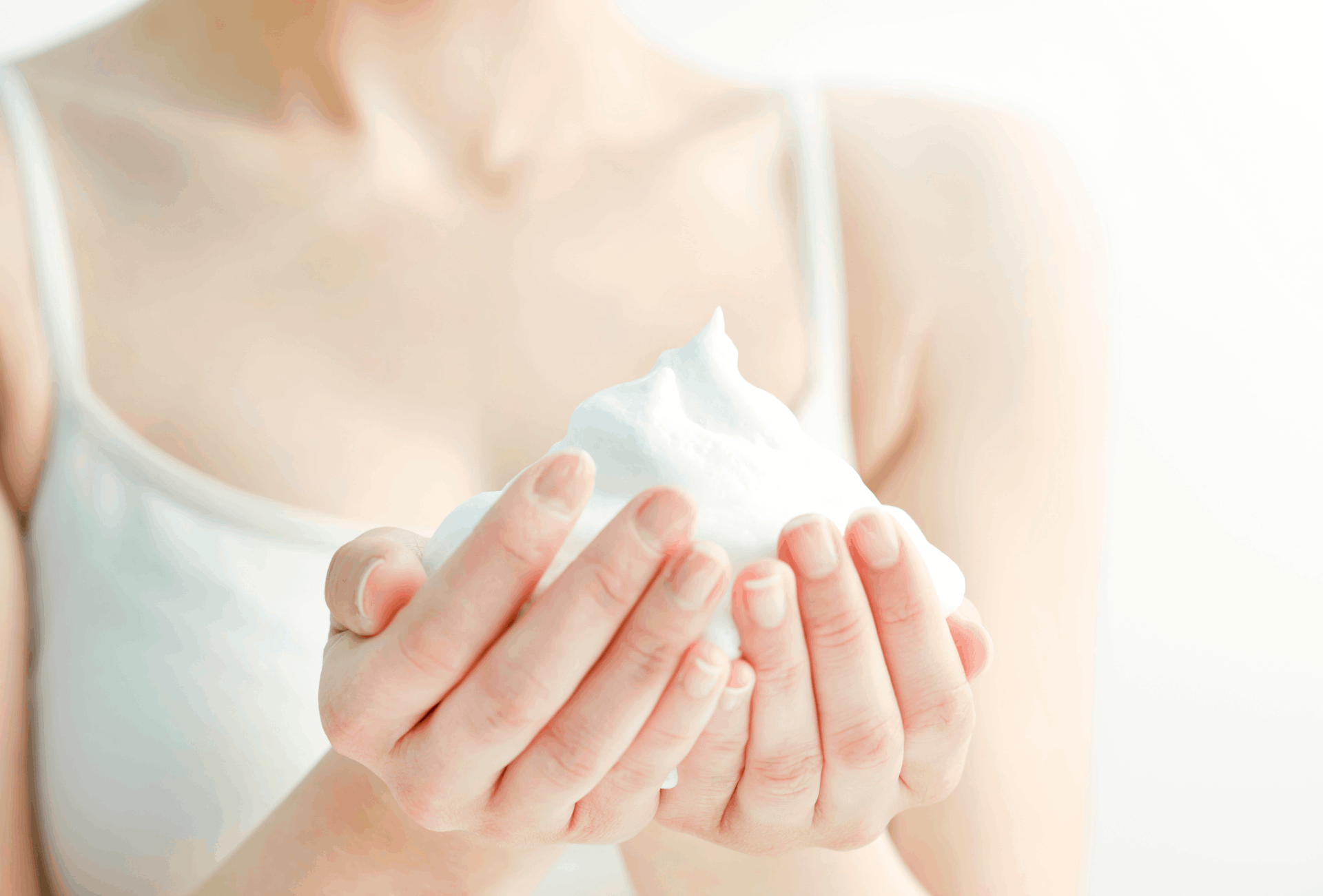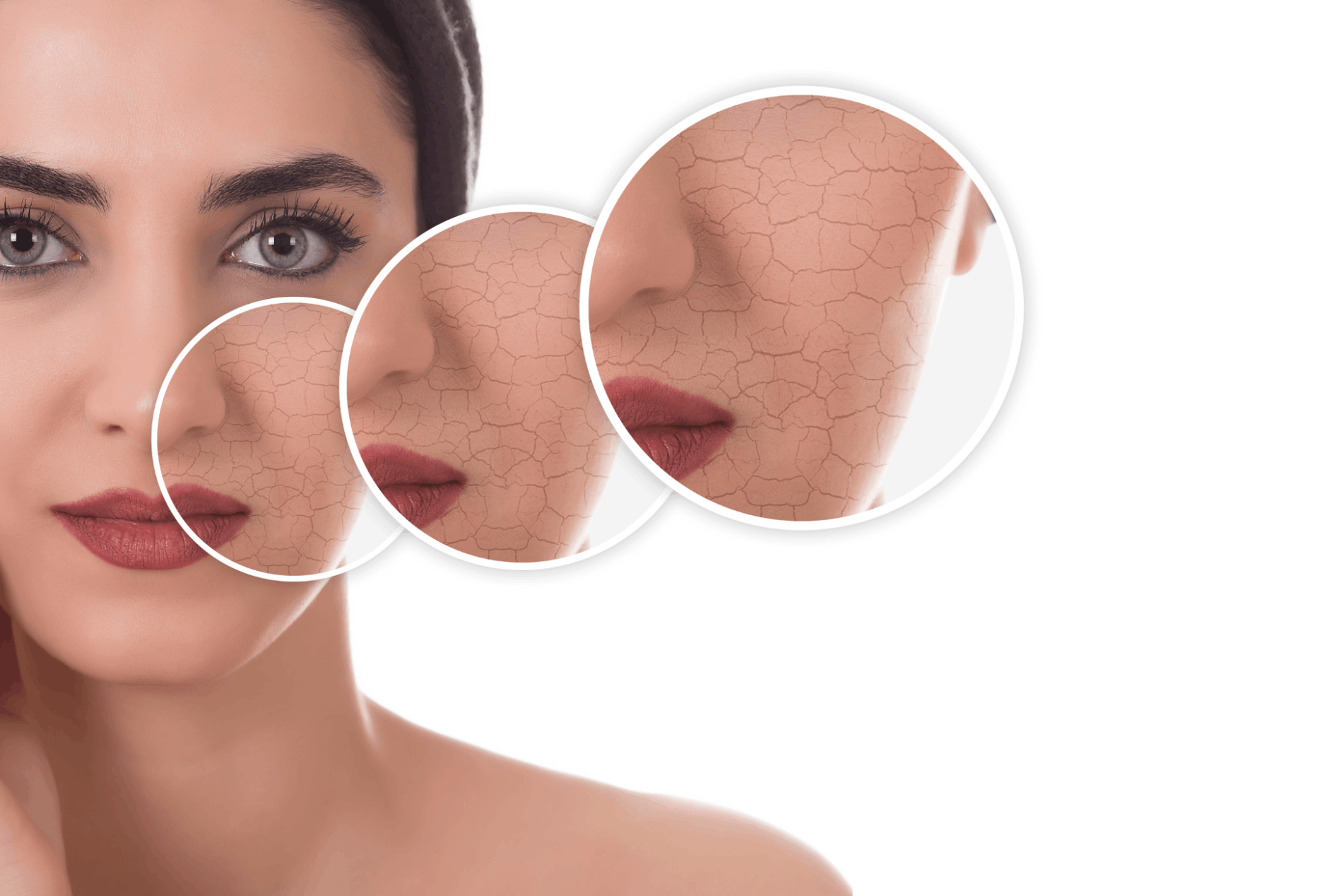
Sodium Lauryl Sulfate (SLS): How Safe It Is?
SLS is what’s known as a “surfactant.” This means it lowers the surface tension between ingredients, which is why it’s used as a cleansing and foaming agent.
Most concerns about SLS stem from the fact that it can be found in beauty and self-care products as well as in household cleaners.







FACEBOOK COMMENTS WILL BE SHOWN ONLY WHEN YOUR SITE IS ONLINE